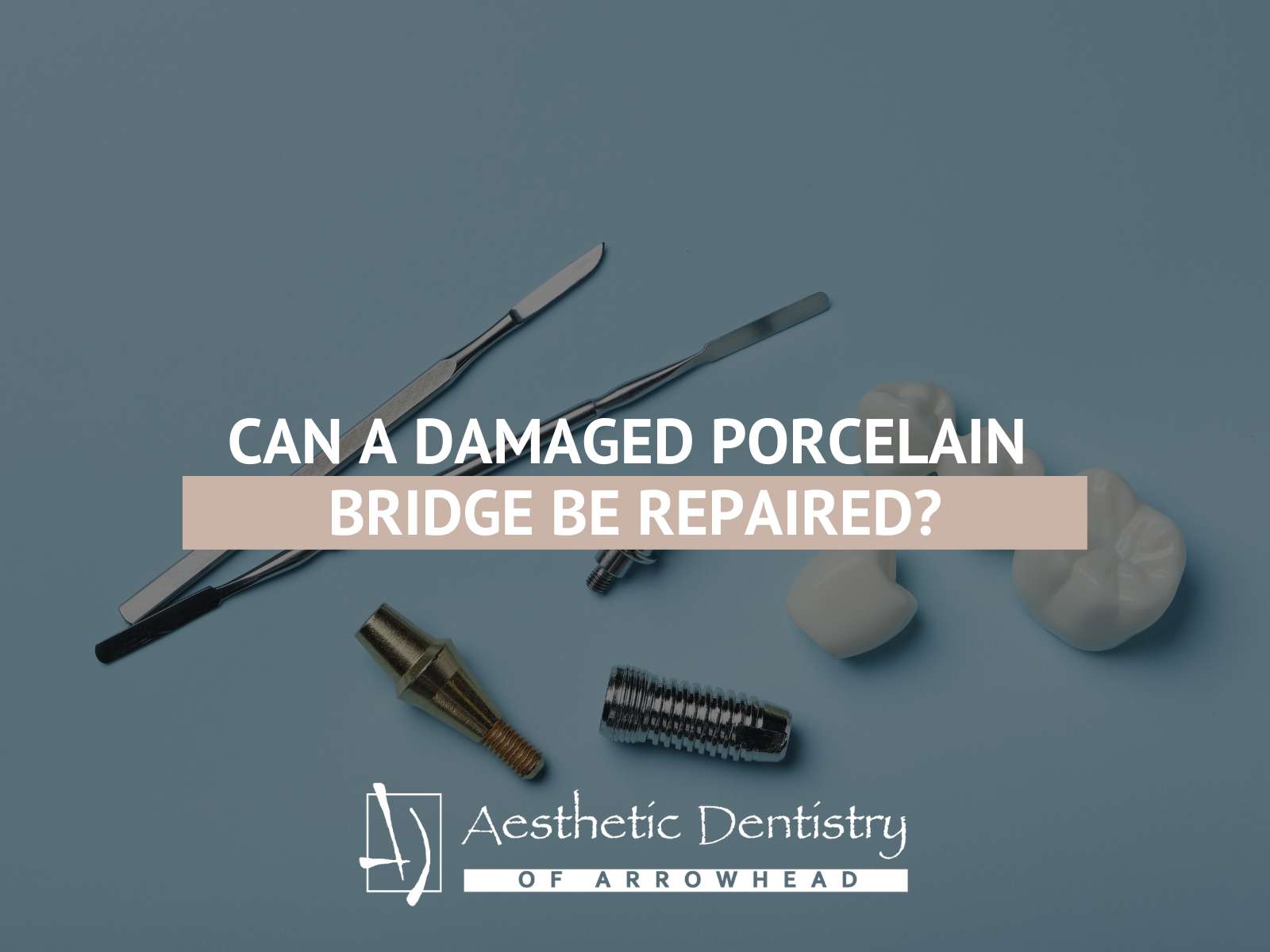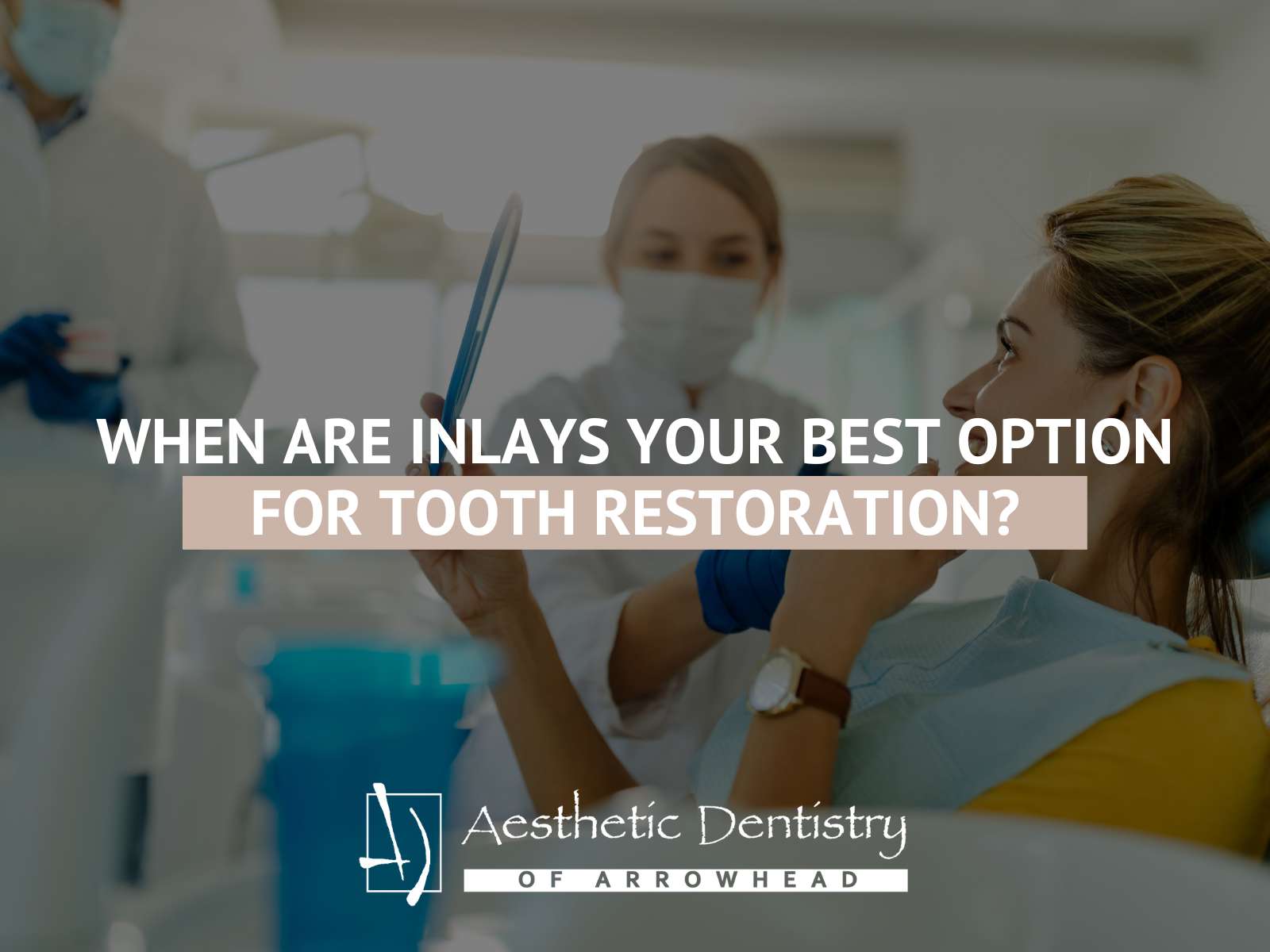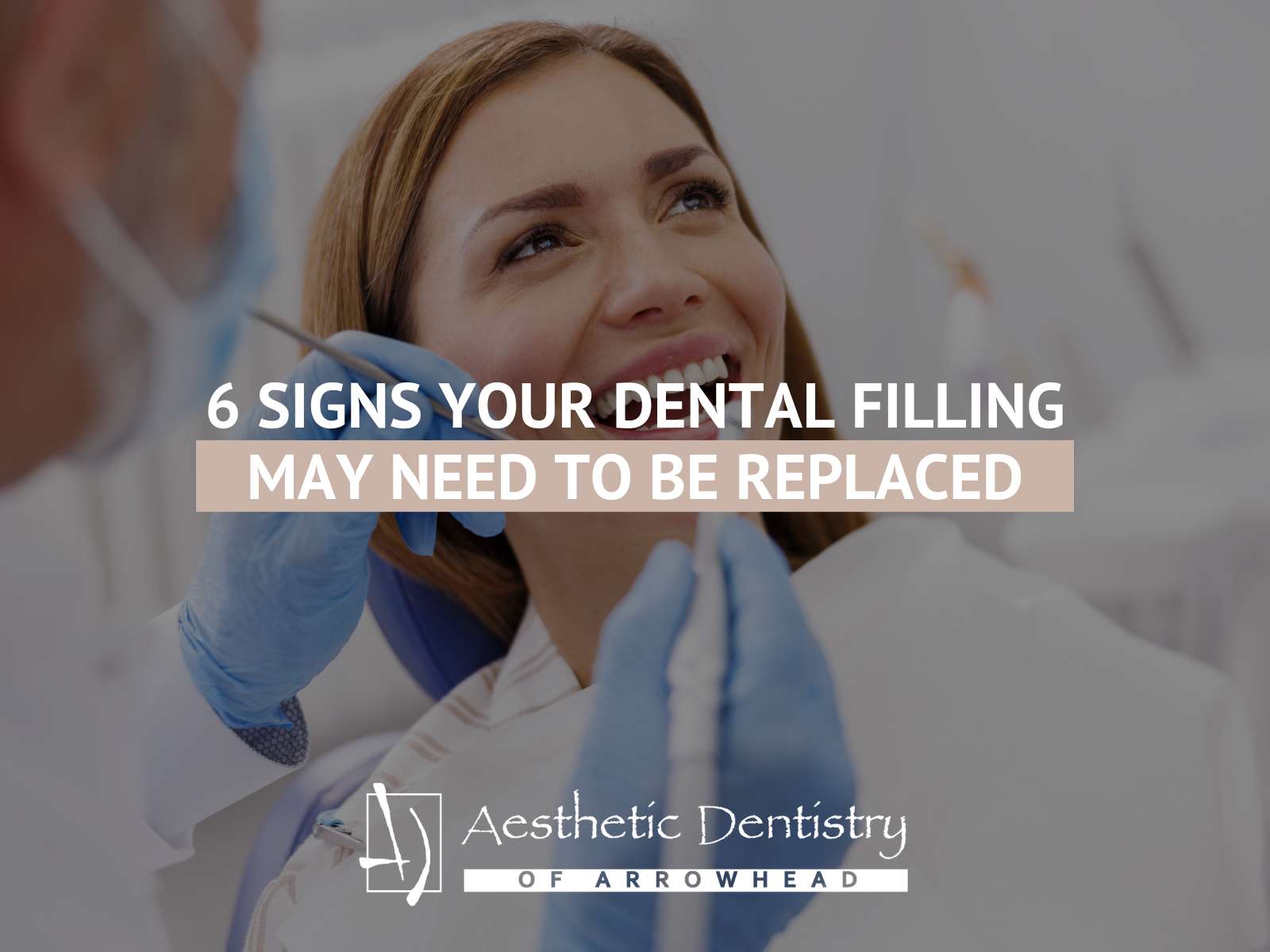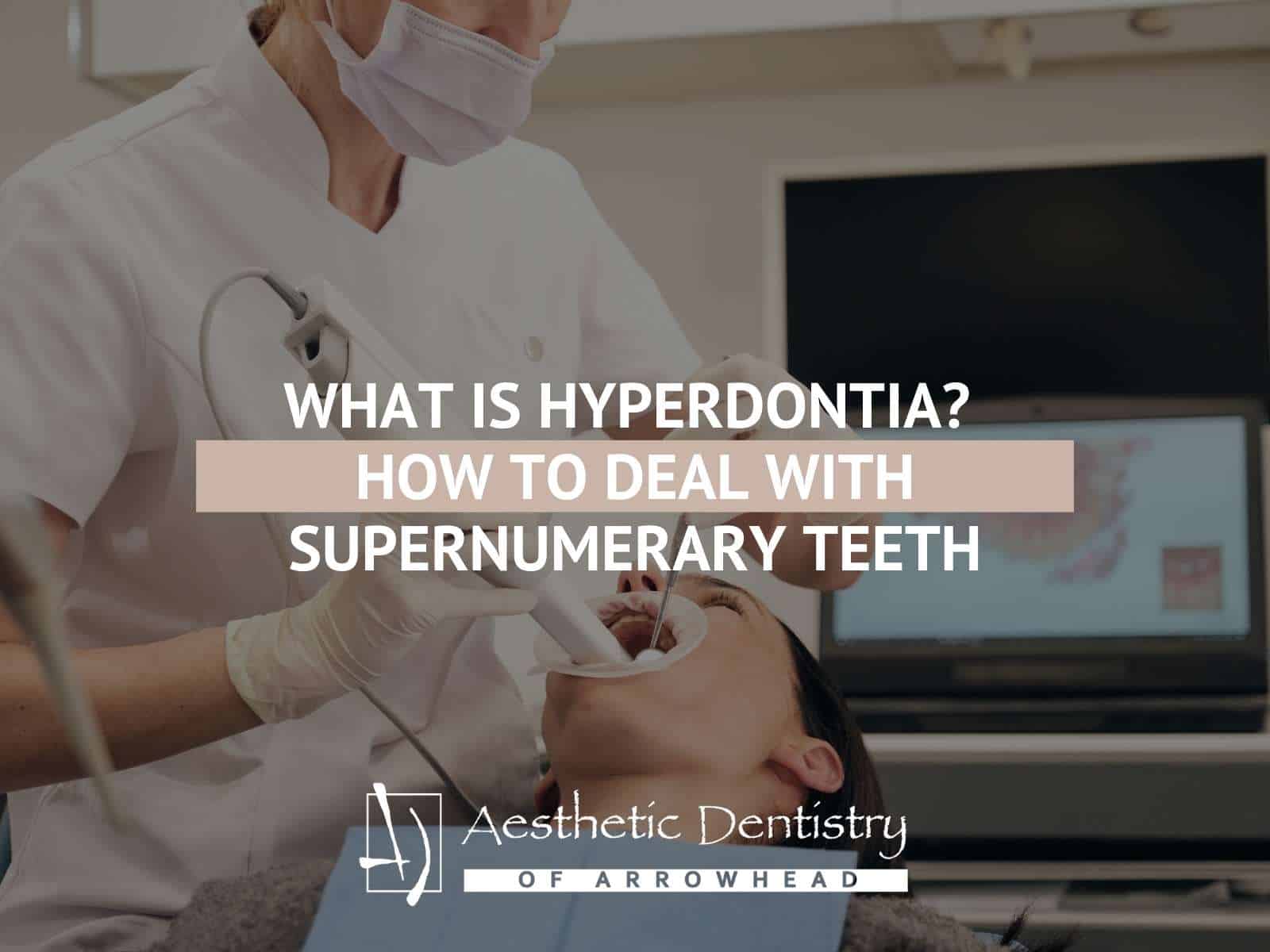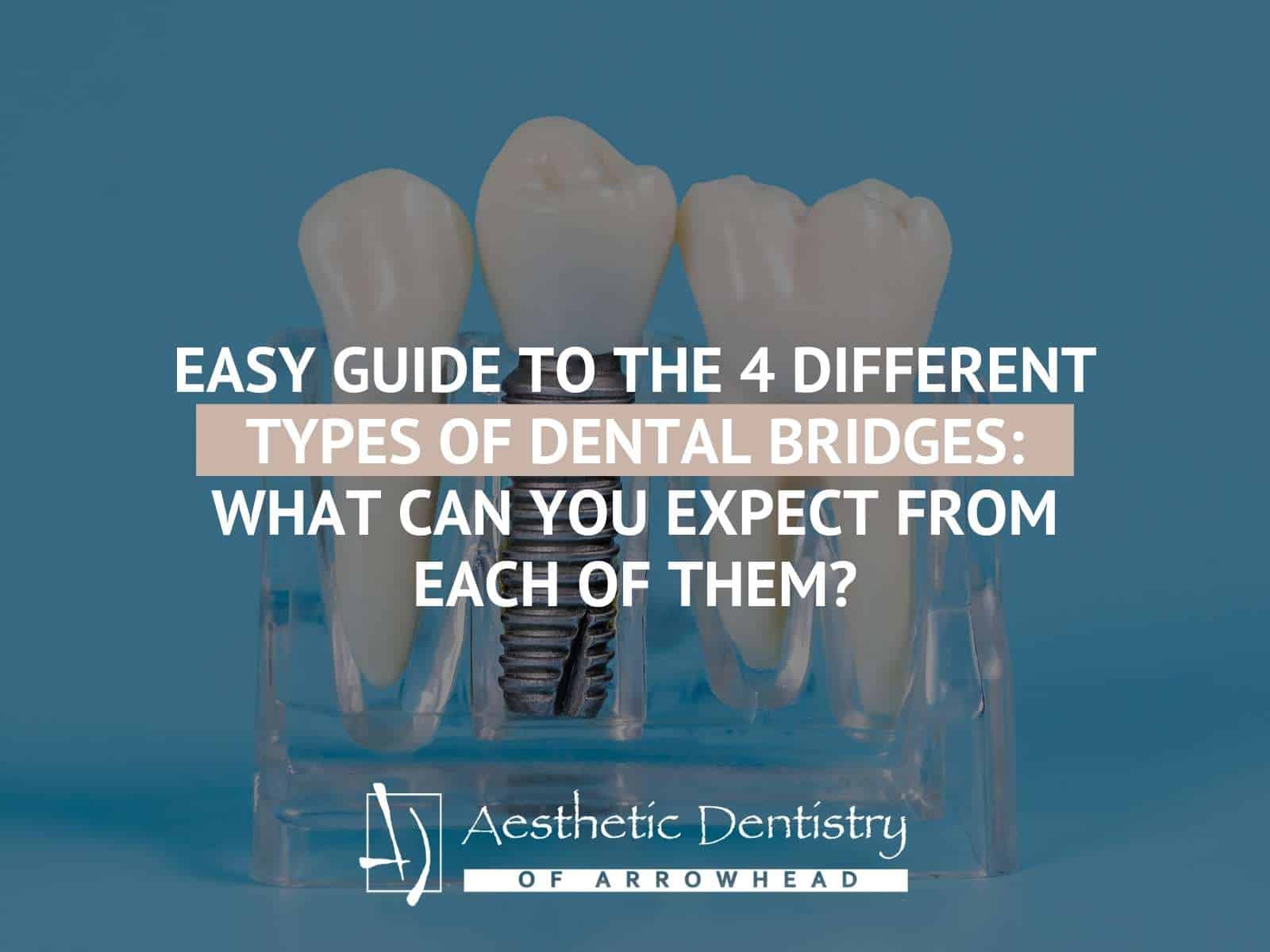Oral Cancer Screening
Did you know that every day, every hour one American dies of oral cancer? With an estimated 30,000 Americans diagnosed each year, oral cancer has a higher mortality rate than cervical cancer, Hodgkin’s disease, liver cancer, and kidney cancer. When found early, oral cancer has a 90 percent cure rate. You are at increased risk for oral cancer if you use tobacco in any form, consume heavy amounts of alcohol combined with smoking, are over age 40, and/or have prolonged exposure to the sun (lip cancer).
Early Detection is Key
Because 25 percent of the people diagnosed with oral cancer have no risk factors, an oral cancer screening should be a routine part of dental maintenance. Regular check-ups, including an examination of the entire mouth, are essential in the early detection of cancerous and pre-cancerous conditions.
Common symptoms of oral cancer or pre-cancerous cells include:
- A change in the way the teeth fit together
- A color change in the oral tissues
- A tiny white or red spot/sore anywhere in the mouth
- Any sore that bleeds easily or refuses to heal
- Difficulty chewing, swallowing, speaking or moving the jaw or tongue
- Lumps, thickenings, rough spots, or crusty areas
- Pain, tenderness, or numbness anywhere in the mouth or on the lips
Screening for Oral Cancer
During an oral cancer exam, your dentist will carefully examine the tongue, inside of your mouth, and your lips to look for spots or sores that are flat, painless, white, or red. Many of these spots or sores are harmless, but some aren’t so you will likely need a test to determine if a problem exists. Your dentist may choose to perform a brush test, which involves scraping a miniature brush across the suspicious sore or discolored area in the patient’s mouth. The cells collected on the brush are sent to a lab for analysis. If the results show suspicious cells are present, a biopsy can then be performed.
Common Questions
Call Aesthetic Dentistry of Arrowhead in Glendale, Arizona about getting screened for oral cancer.


